The transition from hunter-gatherer societies to agricultural ones marks one of the most significant shifts in human history, often referred to as the Neolithic Revolution. This transformation did not occur overnight; rather, it was a gradual process that unfolded over thousands of years. Early humans lived in small, mobile groups, relying on foraging and hunting for sustenance.
Their diets were diverse, consisting of wild plants, fruits, nuts, and animals. This lifestyle was inherently sustainable, as it allowed for the natural replenishment of resources. However, as populations began to grow and climate conditions changed at the end of the last Ice Age, the limitations of a nomadic lifestyle became increasingly apparent.
The shift towards agriculture began as humans started to experiment with the cultivation of wild grains and the domestication of animals. This experimentation was likely driven by necessity; as certain regions became more densely populated, the availability of wild food sources diminished. Archaeological evidence suggests that this transition began around 10,000 BCE in the Fertile Crescent, a region that includes parts of modern-day Iraq, Syria, Lebanon, Israel, and Jordan.
Here, early farmers began to cultivate wheat and barley while domesticating sheep and goats. This newfound ability to produce food led to a more sedentary lifestyle, allowing communities to establish permanent settlements. The implications of this shift were profound, as it laid the groundwork for the development of complex societies.
Key Takeaways
- The transition from hunter-gatherer to agricultural societies marked a significant shift in human history, leading to the development of settled communities and the domestication of plants and animals.
- Agriculture emerged independently in different regions of the world, such as the Fertile Crescent, China, Mesoamerica, and the Andes, leading to diverse farming practices and crop domestication.
- The impact of agriculture on human settlements and population growth was profound, as it allowed for the production of surplus food, leading to larger and more permanent settlements and a population boom.
- Early agricultural practices had significant environmental effects, including deforestation, soil degradation, and the extinction of certain plant and animal species, as humans altered the landscape to meet their agricultural needs.
- The development of agricultural technologies and innovations, such as irrigation systems, plows, and crop rotation, played a crucial role in increasing agricultural productivity and supporting the rise of complex societies and civilizations.
The Emergence of Agriculture in Different Regions of the World
While the Fertile Crescent is often credited as the cradle of agriculture, similar developments occurred independently in various regions around the globe. In East Asia, particularly in China, rice cultivation emerged around 8,000 BCE along the Yangtze River. The domestication of rice was a pivotal moment in agricultural history, as it provided a reliable food source that could support large populations.
In contrast to wheat and barley, rice cultivation required intricate irrigation systems and labor-intensive farming techniques, which fostered social organization and cooperation among communities. In the Americas, agriculture took root independently with the domestication of crops such as maize (corn), beans, and squash—often referred to as the “Three Sisters.” Archaeological findings indicate that maize was first cultivated in southern Mexico around 9,000 years ago. The development of these staple crops allowed for the establishment of complex societies such as the Maya and Aztec civilizations.
Similarly, in sub-Saharan Africa, indigenous peoples began cultivating sorghum and millet around 5,000 BCE. Each region’s unique environmental conditions and available flora and fauna shaped its agricultural practices, leading to diverse farming techniques and societal structures.
The Impact of Agriculture on Human Settlements and Population Growth

The advent of agriculture fundamentally altered human settlements and population dynamics. As communities transitioned from nomadic lifestyles to settled farming practices, they began to establish permanent villages and towns. This shift facilitated the accumulation of surplus food, which in turn supported larger populations.
With a stable food supply, communities could sustain more individuals than ever before, leading to significant population growth. For instance, archaeological evidence from sites like Çatalhöyük in modern-day Turkey indicates that early agricultural societies could support populations numbering in the thousands. The increase in population density had far-reaching implications for social organization and community structure.
As settlements grew larger and more complex, so too did social hierarchies. The need for cooperation in farming and resource management led to the emergence of leadership roles and governance structures. Additionally, with more people living in close proximity, cultural exchanges flourished, resulting in advancements in art, technology, and trade.
The establishment of agricultural societies thus set the stage for the development of cities and eventually civilizations.
The Environmental Effects of Early Agricultural Practices
While agriculture brought about numerous benefits for human societies, it also had significant environmental consequences. Early agricultural practices often involved clearing land for cultivation through methods such as slash-and-burn farming. This technique not only altered local ecosystems but also led to soil degradation over time.
As forests were cleared for fields, biodiversity suffered; many plant and animal species lost their habitats due to human encroachment. Moreover, the reliance on monoculture—growing a single crop over vast areas—became prevalent as societies sought to maximize yields. This practice diminished soil fertility and increased vulnerability to pests and diseases.
For example, the widespread cultivation of maize in Mesoamerica led to soil depletion and necessitated the use of fertilizers and other amendments to maintain productivity. Additionally, irrigation practices developed to support agriculture often disrupted local water systems, leading to issues such as salinization and reduced water availability for other ecosystems.
The Development of Agricultural Technologies and Innovations
The evolution of agriculture was closely tied to technological advancements that improved farming efficiency and productivity. Early agricultural societies developed tools such as sickles for harvesting grains and plows for tilling soil.
The introduction of irrigation systems further revolutionized agriculture by enabling farmers to control water supply and extend growing seasons. As societies became more complex, so too did their agricultural technologies. The invention of crop rotation techniques helped maintain soil fertility by alternating different types of crops in a given field over time.
This practice not only improved yields but also reduced pest infestations by disrupting their life cycles. Additionally, advancements in animal husbandry led to selective breeding practices that enhanced livestock productivity. For instance, cattle were bred for size and milk production while sheep were selected for wool quality.
These innovations laid the groundwork for modern agricultural practices that continue to evolve today.
The Role of Agriculture in the Rise of Complex Societies and Civilizations

Agriculture played a pivotal role in the rise of complex societies and civilizations throughout history. As food production became more efficient and reliable, it allowed for the specialization of labor. Individuals could focus on tasks beyond mere subsistence farming—craftspeople emerged who created pottery, textiles, and tools; traders developed networks that facilitated commerce; and scholars began documenting knowledge through writing systems.
The establishment of surplus food production also enabled the rise of social stratification. Wealth accumulation became possible as some individuals or families controlled more resources than others. This disparity led to the formation of distinct social classes, including elites who wielded political power and influence over their communities.
In ancient Mesopotamia, for example, city-states emerged with centralized governments that managed agricultural production and trade. Furthermore, agriculture fostered cultural developments that contributed to the identity of civilizations. Religious practices often centered around agricultural cycles; rituals were performed to ensure bountiful harvests or appease deities associated with fertility and nature.
Monumental architecture such as temples and pyramids arose as expressions of societal values tied to agricultural success. The interplay between agriculture and culture thus shaped not only economic systems but also social norms and collective identities within emerging civilizations. In summary, the transition from hunter-gatherer societies to agricultural ones was a transformative process that reshaped human existence on multiple levels.
From its independent emergence across various regions to its profound impact on population growth and environmental conditions, agriculture has been a driving force behind the development of complex societies throughout history.
If you are interested in learning more about the syntax of HTML, you may want to check out the article Perennials vs. Annuals: Choosing the Right Plants for Your Garden to be informative. Understanding the differences between these types of plants can help you create a beautiful and sustainable garden. Lastly, for those interested in complex systems and their applications, the article Understanding Dynamical Systems: Types and Examples delves into the various types of dynamical systems and their real-world implications.
FAQs
What is agriculture?
Agriculture is the practice of cultivating soil, producing crops, and raising livestock for human consumption.
When did agriculture first begin?
Agriculture is believed to have first begun around 10,000 years ago in the Fertile Crescent, a region in the Middle East.
What were the key factors that led to the development of agriculture?
The key factors that led to the development of agriculture include climate change, the domestication of plants and animals, and the shift from a nomadic lifestyle to settled communities.
How did agriculture shape societies and environments?
The development of agriculture led to the rise of permanent settlements, the division of labor, the establishment of social hierarchies, and the growth of population. It also had a significant impact on the environment, including deforestation, soil erosion, and changes in biodiversity.
What are some of the earliest crops and animals to be domesticated?
Some of the earliest crops to be domesticated include wheat, barley, rice, and maize. Animals such as goats, sheep, cattle, and pigs were also among the first to be domesticated.
What are some of the lasting impacts of the origins of agriculture?
The origins of agriculture have had lasting impacts on human societies, including the development of complex civilizations, the establishment of trade networks, and the spread of new technologies and ideas. It also led to significant changes in the natural environment.



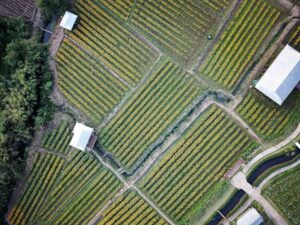






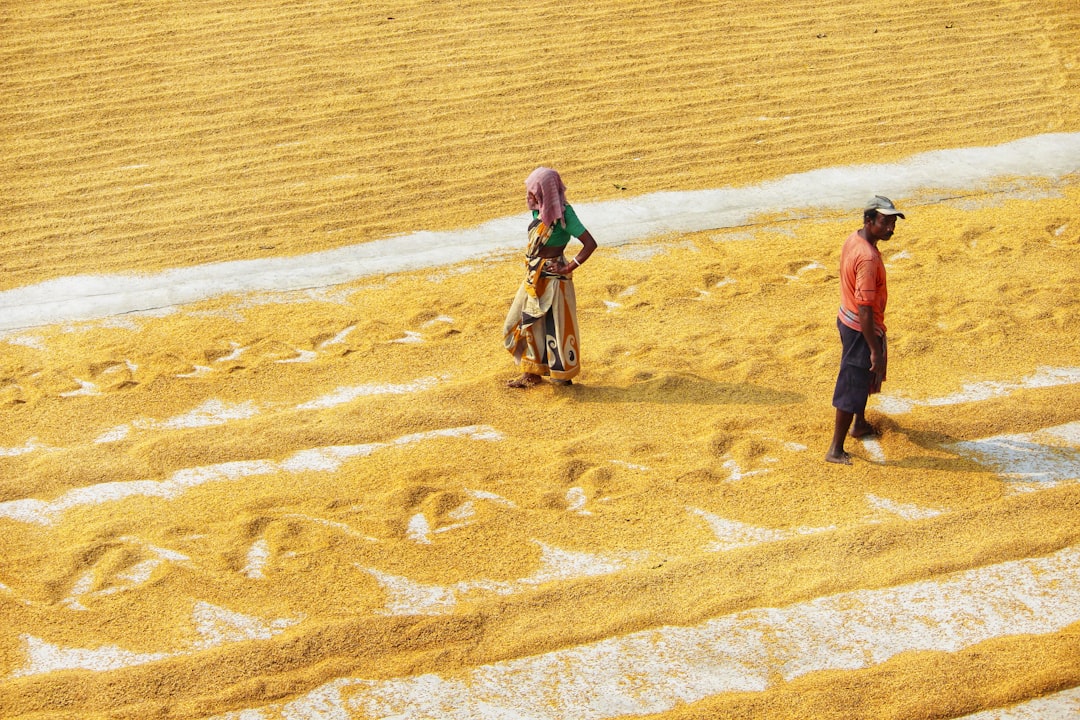
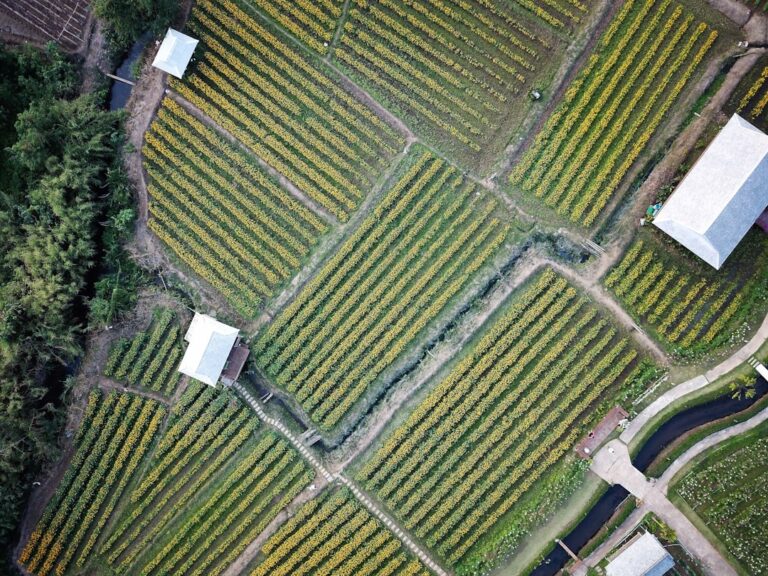
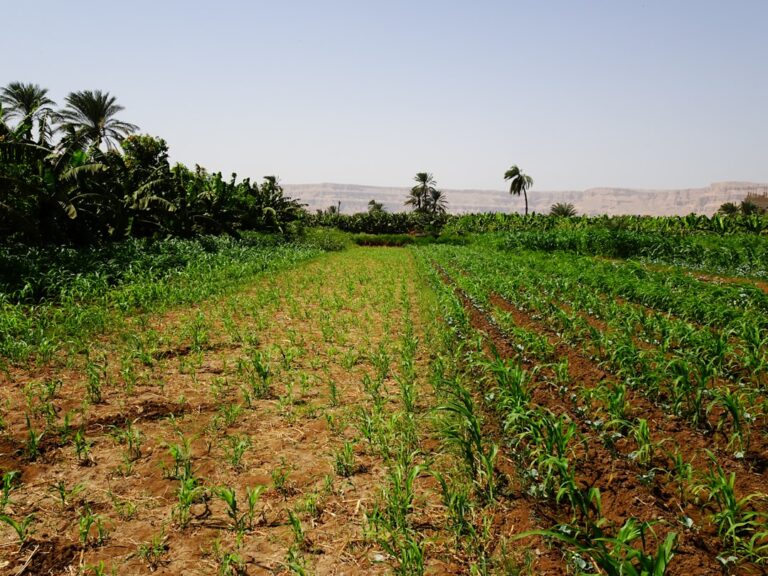
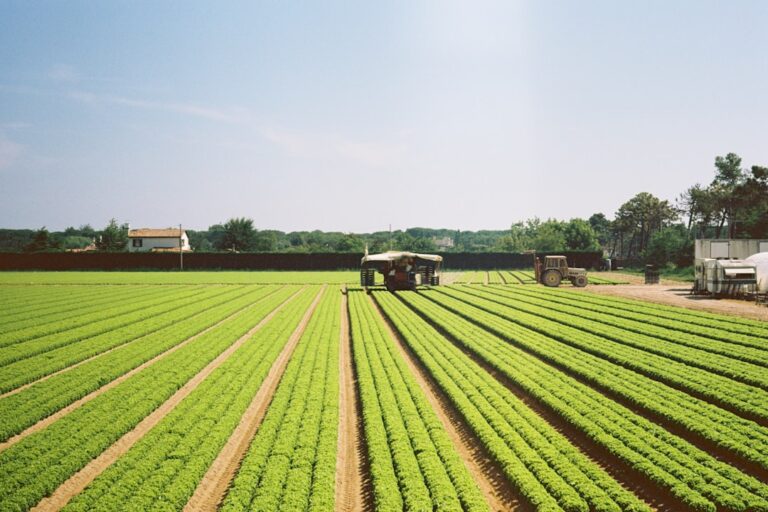









+ There are no comments
Add yours